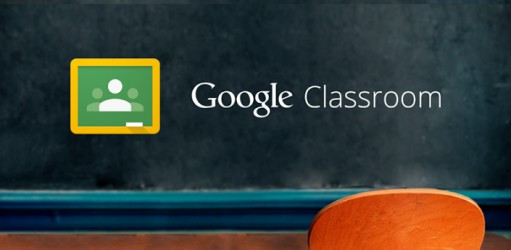
This past week took me into the very deep depths of looking at CMS platforms for designing and driving instruction through the use of assessments. It was within this research that I spent much of the last week focusing in on what truly makes a great learning space and how we can successfully merge assessments and student learning factors in a way which is truly student-centered. Inspired by concepts provided by Lorrie A. Shepard (2000) and Ruth Dann (2010) in regards to student motivation and gearing assessments towards student achievement and learning, I put together a two-part assessment using Google Classroom. I ultimately picked this CMS due to the many affordances it offered both students and teachers in the way of feedback, learning tools, lesson options, and student growth capabilities. Through the use of Google Classroom students can work within a varying array of Google apps, each with the ability to provide feedback in real time and on a personal level. It is with this I believe students will benefit from the assessment I created because they will have the ability to work within the same environment they will use to write, edit, share, and peer review essays, all while receiving timely feedback from their instructor.
In addition to this, Google Classroom as a CMS is one which affords students the ability to keep all of their work within a specialized learning portfolio. No more papers that get lost, assignments that don’t load, and test results that get lost once handed back. This was very important to me as an ELA teacher because much of the work we do in regards to writing is working within the same texts in several different facets. Through the use of Google Classroom as a CMS all the work a student does will then be tied back to this “portfolio space” giving students the ability to access it everywhere. So just as it provides instant feedback through the use of Google Forms as an assessment, it also travels with the student and can be accessed anywhere. In this sense, I definitely see assessments within this CMS as providing enhanced learning.
As a whole, the assessment highlighted within this CMS was created to not only branch off of the aforementioned ideas but to give me an idea of where students are at within their knowledge of writing informational texts and how I should drive instruction based on the feedback the assessment provide. Through the actual assessment itself (and the unit then planned based on those findings) I believe students will see how the assessment is directly tied to the unit and how this information will then be used to drive instruction in the classroom. This idea, taken from Shepard (2000), is a very important piece and the reasoning behind creating this first assessment in its two parts. I wanted to see what students already knew and then have them see how the same questions asked on the assessment would then in turn find their ways into our lessons.
Below is a screencast of the assessment and overall look at the Google Classroom.
UPDATED:
After receiving very timely and critical feedback from a peer, took a closer look at my CMS to make some much-needed changes to allow for better instruction and feedback processes for my students. Through receiving this feedback, I was able to connect even deeper into my own reasoning behind its design and how the changes made will further instruction and allow for more constructive and timely feedback for students. Below you will find an updated screencast which showcases those changes, as well as an overall look at the newly remodeled CMS as a whole.
Dann, R. (2014). Assessment as learning: Blurring the boundaries of assessment and learning for theory, policy and practice. Assessment in Education: Principles, Policy & Practice, 21(2), 149-166. doi: 10.1080/0969594X.2014.898128
Shepard, L. (2000). The role of assessment in a learning culture. Educational Researcher, 29(7), 4-14
Hi Nicole! I really liked how you designed a two-part assessment with different formats! I think you will be able to use this assessment to evaluate students on a number of skills! As I was watching your screencast, I had a couple of questions about the assessment. Since this is a pre-test, will you be providing students with feedback and/or a grade? I know that some teachers use pre-tests for their use in planning instruction only, and some teachers actually provide feedback on pre-tests for their students. What are your plans with this? If you are planning to provide feedback, could the features of Google Classroom be used for this purpose?
Also, I think it might be helpful to state some examples of common core standards that the assessment directly addresses. Though this might eat up some time in your screencast, it will help to further clarify the purpose of the assessment. It will also help to show the connection between the first and second parts of the assessment. Overall, I think you’ve created a very valuable assessment for your classroom, and you’ve done a fantastic job showcasing the features of this assessment!
LikeLike